A Visual Guide to Our Solar System [Infographic]
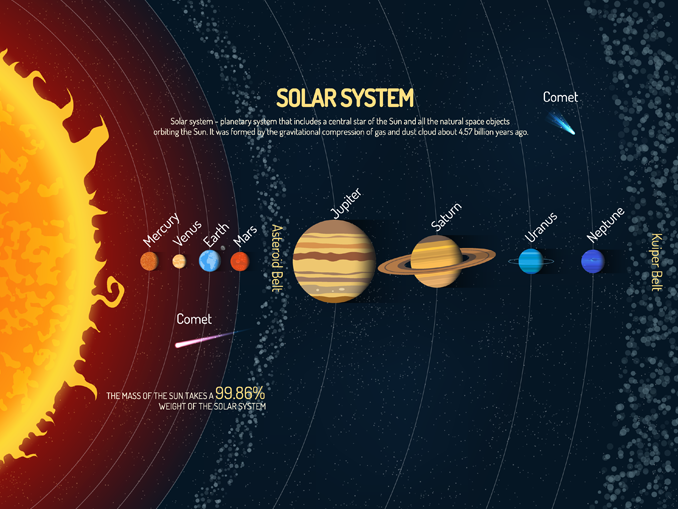
Our Solar System
The solar system is our planetary system that includes a central star and all the natural space objects orbiting it. Everything else is a stellar system. There is only one Solar System. This is the one that’s home to Earth. Everything else is circumstellar planetary systems.
The mass of the sun accounts for 99.86% of the weight of our solar system. Fusion from the sun heats our solar system.
The planets closest to the star are densest containing an iron or nickel core. Their exterior is silicate and metals. Finally, the less dense planets are on the exterior.
The asteroid belt is kilometers in size and positioned between Mars and Jupiter. These odd-shaped rocks never made it into a planet of their own. Finally, icy bodies and space debris fill the Oort Cloud and Kuiper Belt at the edge of the solar system.
The Sun
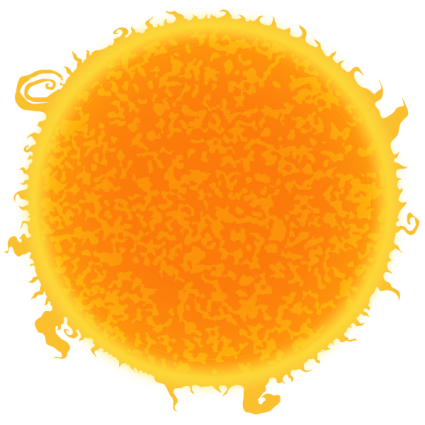
The sun heats the solar system and is at the center of our solar system. It’s so massive that it holds 99.9% of the total mass of the solar system.
The sun is mostly hydrogen and helium. By fusing hydrogen with helium, the sun releases vast amounts of energy toward Earth.
It takes sunlight 8 minutes and 20 seconds to reach us. This is the solar radiation that heats our planet.
- Surface Temperature: 5,500°C
- Distance to Earth: 149,600,000 km
- Mass: 199 x 1030 kg (333,060 Earths)
- Diameter: 1,392,684 km

The sun’s layers include the corona, chromosphere, photosphere, convection zone, radiative zone, and core. It’s also composed of 72% hydrogen, 26% helium, and 2% other gases.
- Corona – 1,000,000 K to 2,000,000 K
- Chromosphere – 3,800 K to 35,000 K
- Photosphere – 6,000 K
- Convection Zone – 5,700 K
- Radiative Zone – 7,000,000 K to 2,000,000 K
- Core – Over 15,000,000 K
Our sun is a main sequence star with a life expectancy of about 10 billion years. Currently, we’re into year 5 billion years of our Sun’s lifespan.
Mercury (Swift Planet)
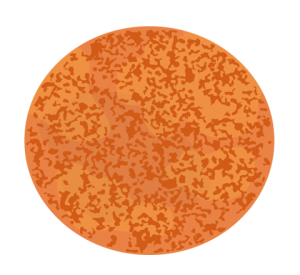
Mercury is closest to the sun. But it’s so hard to study because it’s closest to the sun. This is because it’s so hot. For example, the side facing the sun reaches temperatures of 430°C.
Mercury is covered with impact craters. Astronomers name craters on planet Mercury with the names of famous musicians, artists, and writers like Beethoven, Shakespeare, and van Gogh.
- Surface Temperature: -180 to 430°C
- Distance to Sun: 57,910,000 km
- Moons: 0
- Radius: 2,440 km
It’s tiny with a radius of only 2,440 km making it the smallest planet in the solar system. If you combined about 18 Mercury-sized planets, it would be the equivalent size to Earth.
Mercury has a comet-like tail that extends as far as 2.5 million kilometers long. Scientists have figured out that it’s sodium sputtering from its surface.
One day on Mercury is 59 Earth days. Because Mercury was formed close to the sun which is hot, it’s mostly iron.
Venus (Goddess of Love)
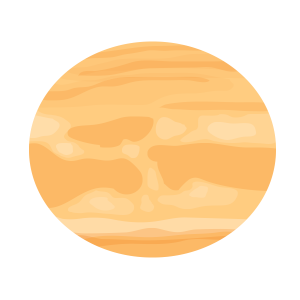
Venus is the Roman Goddess next to Mercury. Because of its glowing appearance (surface temperature of 460°C), the Romans named Venus after the Roman Goddess of Love. Astronomers name most Venusian mountains and volcanoes after female figures including Cleopatra, Mona Lisa, and Curie.
Astronomers call the Planet Venus “Earth’s twin” because of similarities in size and gravity. Fascinatingly, they’re also made of similar material on the surface.
- Surface Temperature: 460°C
- Distance to Sun: 108,200,000 km
- Moons: 0
- Radius: 6,052 km
Despite all the positives, we have little desire to visit Venus. First, it’s scorching hot. Second, atmospheric pressure is intense. Lastly, it rains sulfuric acid.
But the closest we’ve ever been to Venus were simple flybys, orbits, and landings on the Venusian planet. No one has ever stepped foot on its surface.
Earth (Blue Marble)
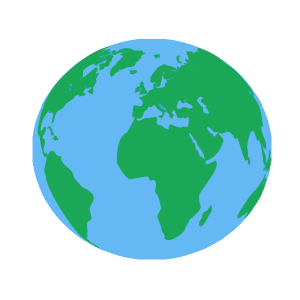
Earth needs no introduction. Because Earth receives a hearty portion of the sun’s rays and its liquid water, it’s the reason why we exist today.
Earth started like a red marble and fiery hot. 4.5 billion years ago, we were blasted in a violent time during a heavy bombardment stage. But over lots and lots of time, Earth cooled down.
- Surface Temperature: -88 to 58°C
- Distance to Sun: 149,600,000 km
- Moons: 1
- Radius: 6,371 km
It was plate tectonics that forged the planet. Earth was one supercontinent known as Pangaea. Actually, multiple times through the supercontinent cycle. Then, plate tectonics tore land apart again. Gradually, continents rifted away as part of continental drift.
Life probably originated in water. Then, it evolved from oceans to land. And today, we struggle with climate change and overpopulation. There’s so much to learn about our planet and this list of 100 Earth facts just scratches the surface.
Mars (Red Planet)
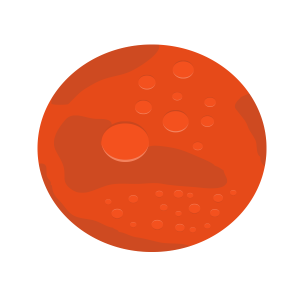
Mars is the red planet next to Earth. It’s been one of the greatest frontiers for discovery. Since the early 1960s, spacecrafts have whizzed by and even landed on Mars opening our curiosity.
Mars has Earth-like environments like dust storms, deserts, sand dunes, and ice caps. But much of planet Mars is blanketed by red dust so they share little resemblance.
- Surface Temperature: -125 to 20°C
- Distance to Sun: 227,900,000 km
- Moons: 2
- Radius: 3,390 km
Similar to Earth, Mars has a summer, spring, autumn, and winter. This is because Mars rotates on a tilted axis. While Earth’s inclination to the equator is 23.5°, Mars is about 25.1°C.
The most exciting fact about Mars is that it may have liquid water. At its south pole, a permanently ice-filled crater is the greatest evidence that liquid water lies beneath the planet.
Jupiter (Gas Giant)
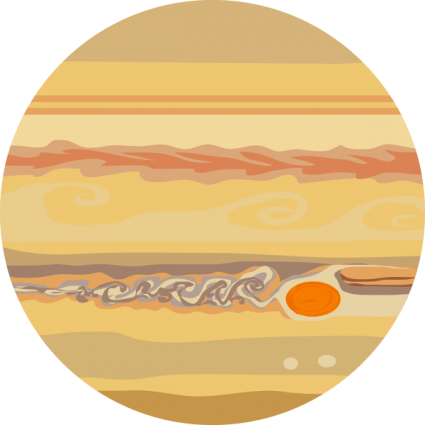
Jupiter is colossal in size. It’s so big that if you combined all the other planets, moons, and asteroids in our solar system in a ball, it still wouldn’t be half the size of Jupiter.
At about 1000 times larger in volume compared to Earth, planet Jupiter is the largest planet in our solar system. In fact, if Jupiter was 50 times larger than it is now, it would be a star on its own.
- Surface Temperature: -145°C
- Distance to Sun: 778,500,000 km
- Moons: 79
- Radius: 69,911 km
Because of its tremendous size, it’s contending with the sun in a so-called gravity tug-of-war. It puts Mercury, Venus, Mars, Earth and an asteroid belt smack dab in the middle.
Interestingly, Jupiter has a permanent cyclone that’s been there ever since we’ve observed it. It also has the biggest Aurora Borealis and 79 moons.
Four of Jupiter’s large moons are particularly exciting because of their interesting geology. These moons are Ganymede, Callisto, Io, and Europa.
Saturn (Ringed Planet)
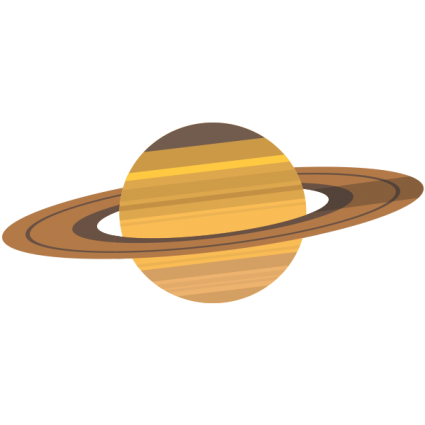
The most prominent feature of Saturn is its iconic rings. It’s believed that its rings are made of liquid ice which formed from remnants of comets, asteroids, and other space debris.
There are 62 moons that orbit the Planet Saturn. These moons are commonly named after Greek or Roman gods, such as Titan.
- Surface Temperature: -178°C
- Distance to Sun: 1,434,000,000 km
- Moons: 53
- Radius: 58,232 km
Saturn’s atmosphere is filled with methane and ammonia. The ammonia crystals on Saturn swirl around the planet coloring it with a gold tint.
Even though Saturn is the second-largest planet, it is the lightest planet in the solar system. If you were to put it into a giant bathtub, it would float (if one could actually exist).
Uranus (Ice Giant)
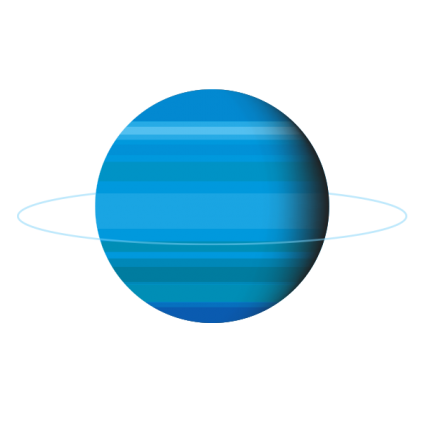
Uranus is the coldest in the solar system. Other than Voyager 2’s flyby in 1986, what we know of Uranus is all by telescope. From these photos, we learned that the Planet Uranus has 9 bright rings.
We also learned that it has an unusual tilt at 98 degrees on its side. Because of its unusual tilt, one of its hemispheres is pointing at the sun. This means that seasons are roughly 21 years long.
- Surface Temperature: -224°C
- Distance to Sun: 2,871,000,000 km
- Moons: 27
- Radius: 25,362 km
Uranus has a bluish glow because of methane gas in its atmosphere. Methane gas is known to absorb red light and strongly reflect blue.
Uranus has 27 moons and astronomers name them based on characters from William Shakespeare and Alexander Pope. For example, its 5 major moons include Umbriel, Miranda, Ariel, Titania, and Oberon.
Neptune (Big Blue)
Neptune is about 4.495 billion kilometers from the sun making it the farthest planet from the sun. This is about 30 astronomical units (AU) away from Earth.
Neptune has a tilted axis at about 29 degrees. Because of its tilt, it has seasons like Earth. Further to this, planet Neptune has the strongest winds of all other planets.
- Surface Temperature: -231°C
- Distance to Sun: 4,498,000,000 km
- Moons: 14
- Radius: 1,737 km
Neptune resembles Uranus with a similar size, composition, and temperature.
Interestingly, Pluto is part of Neptune’s orbit. Not so long ago, Pluto was considered a planet on its own. But now Pluto has been demoted to a dwarf planet because we’ve learned more about planet Neptune’s orbit.
Comets (Dirty Snowballs)
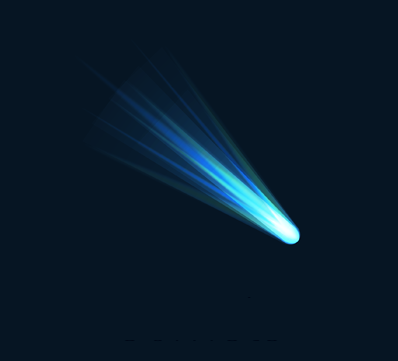
Finally, icy bodies and space debris fill the Oort Cloud and Kuiper Belt at the edge of the solar system. The Oort Cloud and Kuiper Belt are at the edge of the solar system where most comets reside.
This collection of icy objects was caught in the sun’s gravitational pull. But they haven’t had the chance to interact and evolve like objects closer to the Sun.
- Location: Oort Cloud
- Solar System Count: 6339
- Temperature: -220°C
These balls of frozen gases mixed with pieces of rocks, water, and ice orbit around the solar system about 150 million kilometers away. At the edge of the solar system, this is where we draw the line.
Asteroids (Rocky Remnants)

The asteroid belt didn’t mold into a planet. This is because when you have two large bodies like Jupiter and the sun in the solar system, you have two large opposing forces of gravity pulling on each other.
Think of the asteroid belt as being smack dab in the middle of a gravity tug-of-war. Neither side is winning so asteroids are stuck in between.
- Location: Asteroid Belt
- Distance to Sun: 400,000,000 km
- Composition: Rock, Metal, and Ice
The asteroid belt is kilometers in size. If you were to take all the asteroids and put them together, they would make up just 4% of the mass of the moon.
This means that there’s really not a lot of material in the asteroid belt orbiting the sun. The largest asteroid is Ceres which is considered a dwarf planet because of its size.
A Visual Guide to Our Solar System
Our solar system has been a fascinating and awe-inspiring subject since long before the first human ever set eyes on it.
The more we explore our solar system, the more we uncover its mysteries and incredible beauty.
If you have any questions or comments about our solar system, please use the comment form below to let us know what’s on your mind.

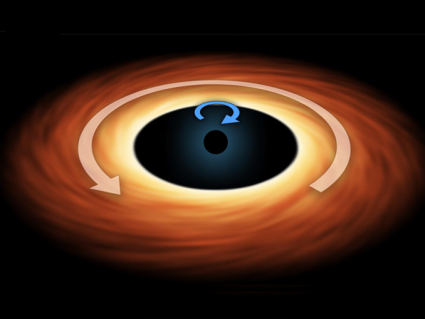
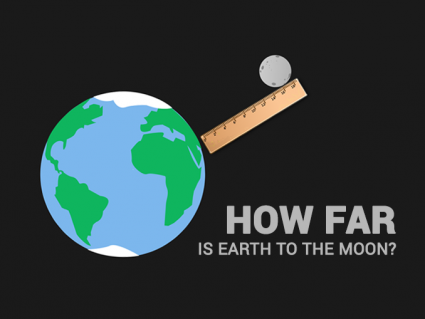
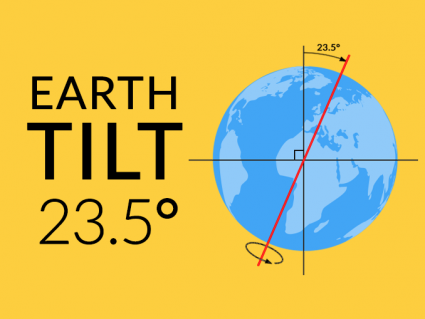
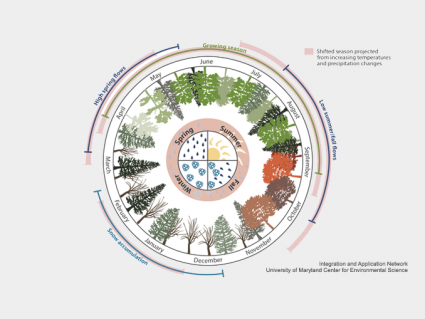
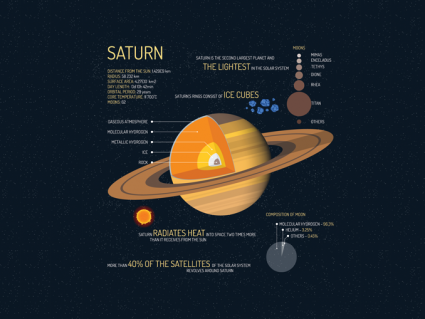
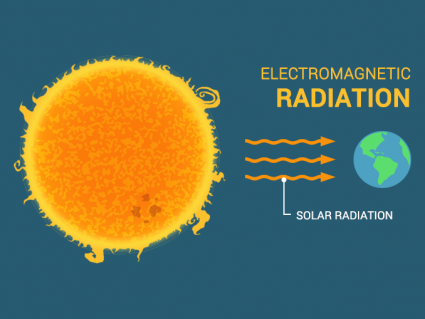

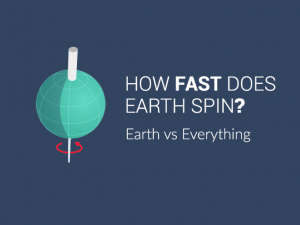
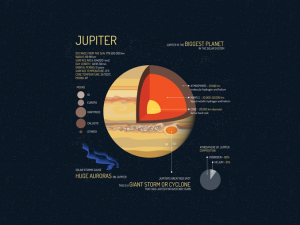
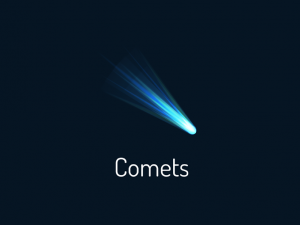
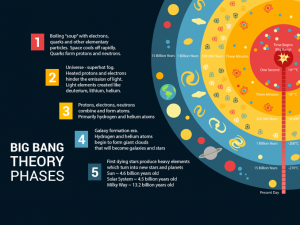
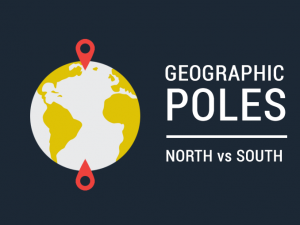
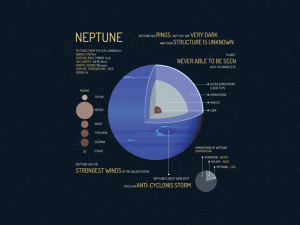
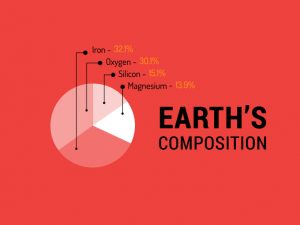
Loved this. It was very interesting. But what about the Kuiper belt?
I am so impressed by the name given to the planet Saturn, or is this because it has got life threatening gases called Methane.?
I theorized that all interplanetary bodies within our solar system, could have at one particular time, originated from SATURN, once a Constellation of Moons similar to Titan and Enceladus. Over a period of millions of years, the Earth (out of all other planets surrounding the Sun) may have been the only ‘Moon like world from Saturn’ that could have had the capabilities of converting itself into a biological, evolutionary life sustaining environment. Hopefully within the next few years while continuing my research, I will have the opportunity to develop a more comprehensive analytical hypothesis of the probability that in theory, ‘Intelligent life as we know of it, ‘Could Have Originated from one of many Moon’s from Saturn’ which may have evolved into a life sustainable planet now called Earth.
So, how about the Kuiper belt? I want to know about it.
Is Venus bigger in size than Mercury?
I think you should review the first figure.
Mercury, Venus, Earth, Mars, Jupiter, Saturn, Uranus, and Neptune are the largest members of the Solar System. Jupiter is the biggest of the 8 Planets, and Mercury is the smallest of the 8 planets.
All of the planets named above are round but only 4 are really close to the sun but Jupiter is the biggest out of all of them.
I think Mars is God of War, not goddess. But I like dirty snowballs… though it hurts a lot when it hits you!
I needed to draw all the planets, and this really helped! The words are very well chosen. I’m impressed!
Very comprehensive. How to download?